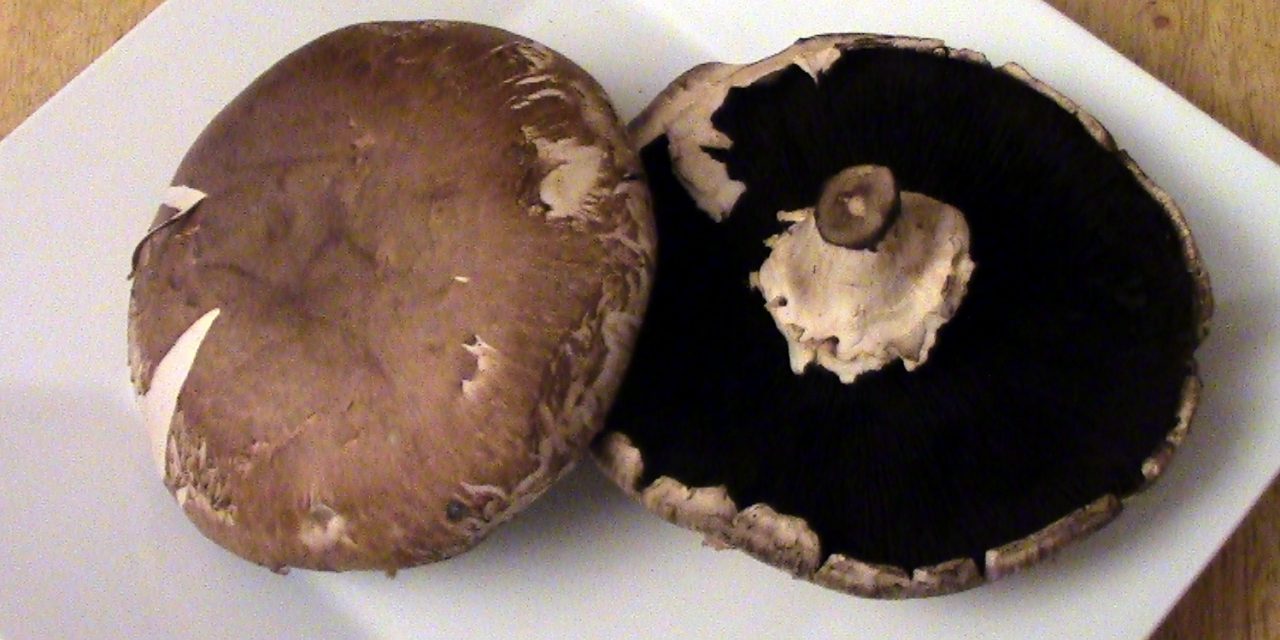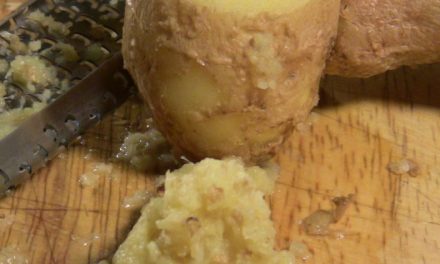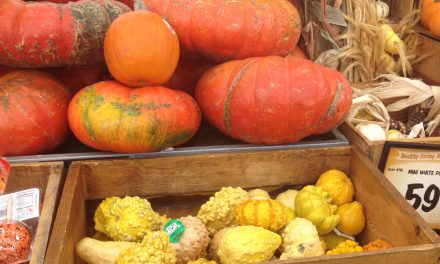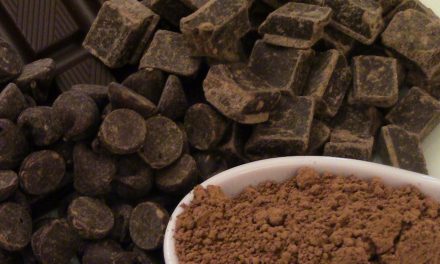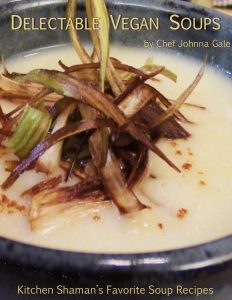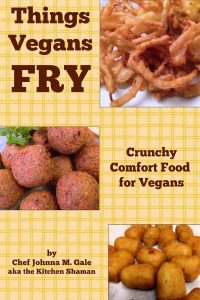Mushrooms are a part of our human heritage, our collective consciousness. Ancient cultures used psilocybin, the “magic” mushroom, to open the “gates of heaven” and communicate with the gods. Fungi grows in every part of the world; in crevices, on trees, in cow poo. They’ve been used for over 3,000 years in Chinese medicine as a way to prevent cancer and heart disease and promote longevity.
R ecipes for cooking mushrooms can be found as early as the 4th century A.D. in the collection “Apicus, Cooking and Dining in Imperial Rome.” Cooking techniques can be found referenced in ancient Egyptian tablets and mushroom motifs are prolific in the pre-Colombian art of the Olmec civilization of Mesoamerica.
ecipes for cooking mushrooms can be found as early as the 4th century A.D. in the collection “Apicus, Cooking and Dining in Imperial Rome.” Cooking techniques can be found referenced in ancient Egyptian tablets and mushroom motifs are prolific in the pre-Colombian art of the Olmec civilization of Mesoamerica.
During my culinary career I worked with many types of mushrooms: Enoki, maitaki, shiitake, hen o’ the woods, chanterelles, and the more familiar ones, portobella, cremini (or crimini), and button (the most common mushroom). I’ve roasted them and sautéed them. I’ve made duxelles. I’ve cooked mushroom mélange, mushroom soup, and made mushroom hors d’oeuvres for 1,000 (hand stuffed-that was fun!). I’ve cleaned, sliced, and diced well over a thousand cases of portobella mushrooms while working in banquets. There’s usually 10 portabellas per case, so that’s 10,000 mushrooms. If you want to add in all the other mushrooms that I’ve prepared and the different kinds I’ve handled, the number becomes staggering.
What are They?
Mush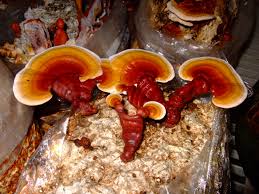 rooms are classified as a fungus with over 10,000 varieties that have been cataloged. That’s a lot of mushrooms. Some are edible, some are downright dangerous and will kill you, and some will just get you really, really high. Others are used in traditional Chinese medicine (TCM).
rooms are classified as a fungus with over 10,000 varieties that have been cataloged. That’s a lot of mushrooms. Some are edible, some are downright dangerous and will kill you, and some will just get you really, really high. Others are used in traditional Chinese medicine (TCM).
Mushrooms are full of intriguing vitamins and minerals. I once was in an argument about drinking milk. The opposing view was that the only way to get vitamin D was to drink milk. I argued the fact that you can stand out in the sun for 15 minutes a day or eat a bunch of mushrooms. I like the earthy flavors and meaty texture, and it seems like a reasonable option to me. Fungi contain large amounts of B vitamins, and minerals like selenium and potassium, as well as vitamin D. The opposing person did not relinquish their view, so I gave up the argument. I’m not drinking cow’s milk, I’m eating mushrooms.
Mushrooms were disfavored for many centuries by Europeans. It is hard to determine the edible kind verses the “magic” kind. People were afraid of eating the wrong kind of mushroom. Even skilled mycologists have a hard time telling the different varieties apart.
After a long hiatus of not ingesting fungi, most likely due to an inability to discern an edible from a “magic” mushroom (and a bit of religious fear), we’ve returned to a mushroom eating culture. Mushrooms can be found in most markets, in your local grocery store. If you have a hard time finding them check out an Asian market. They usually have a large selection.
Cooking with Mushrooms
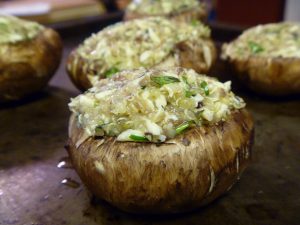 Mushrooms are found in cuisines world-wide. Japan, China, Indonesia, America, and Italy all have mushroom-based dishes. Mushrooms are a mainstay prep item in restaurants.
Mushrooms are found in cuisines world-wide. Japan, China, Indonesia, America, and Italy all have mushroom-based dishes. Mushrooms are a mainstay prep item in restaurants.
Mushrooms can be sautéed, grilled, broiled, steamed and stuffed. They are usually added to dishes as a complement not as a main meal. As appetizers, mushroom caps can be stuffed with all sorts of delicacies. Sometimes they shine as the star, like in my portobella steak fajitas. They have been called the “meat” of the vegetarian and vegan world because of this versatility.
No matter how you like your mushrooms, know that when you cook with them you join a long line of cooks that have prepared countless dishes with mushrooms. Stay with us this month because I’ll be sharing several of my favorite mushroom recipes.

